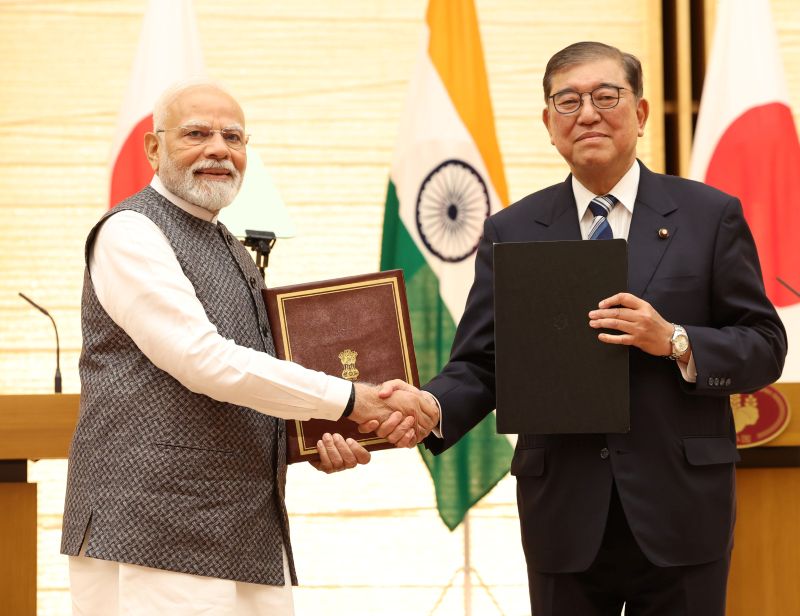
Indian Prime Minister Narendra Modi, who is currently visiting Tokyo, on Friday announced that the Indian Space Research Organisation (ISRO) and the Japan Aerospace Exploration Agency (JAXA) are collaborating on the lunar mission Chandrayaan-5.
“We welcome the agreement reached between ISRO and JAXA for cooperation in the Chandrayaan-5 mission,” Modi said during a joint press statement with his Japanese counterpart Shigeru Ishiba, in Tokyo.
He further said: “Our active participation will symbolise the progress of humanity beyond the boundaries of the Earth, and into space!”
In May this year, ISRO and JAXA, the space agency of Japan, jointly conducted the third face-to-face Technical Interface Meeting (TIM-3), towards the Chandrayaan-5/LUPEX mission, at ISRO Headquarters, Bengaluru.
Why is the Chandrayaan-5 mission crucial for Indian space research?
As per the ISRO website, the Chandrayaan-5 / LUPEX (Lunar Polar Exploration) mission will be the fifth in the Chandrayaan series of lunar missions, in collaboration with JAXA, to study lunar volatile materials, including lunar water, in the vicinity of a Permanently Shadowed Region (PSR) in the lunar South Pole.
The mission will be launched by JAXA onboard its H3-24L launch vehicle, carrying the ISRO-made lunar lander, which will carry the MHI, Japan-made lunar rover.
ISRO, apart from developing the lunar lander, is also responsible for developing a few scientific instruments for the mission.
The scientific instruments for this mission will be contributed by ISRO, JAXA, ESA, and NASA, all thematically connected with the exploration and in-situ analysis of the volatiles preserved in the lunar polar region.
The approval for the Chandrayaan-5 / LUPEX mission was received from the Government of India on 10 March 2025, in the form of financial sanction.


